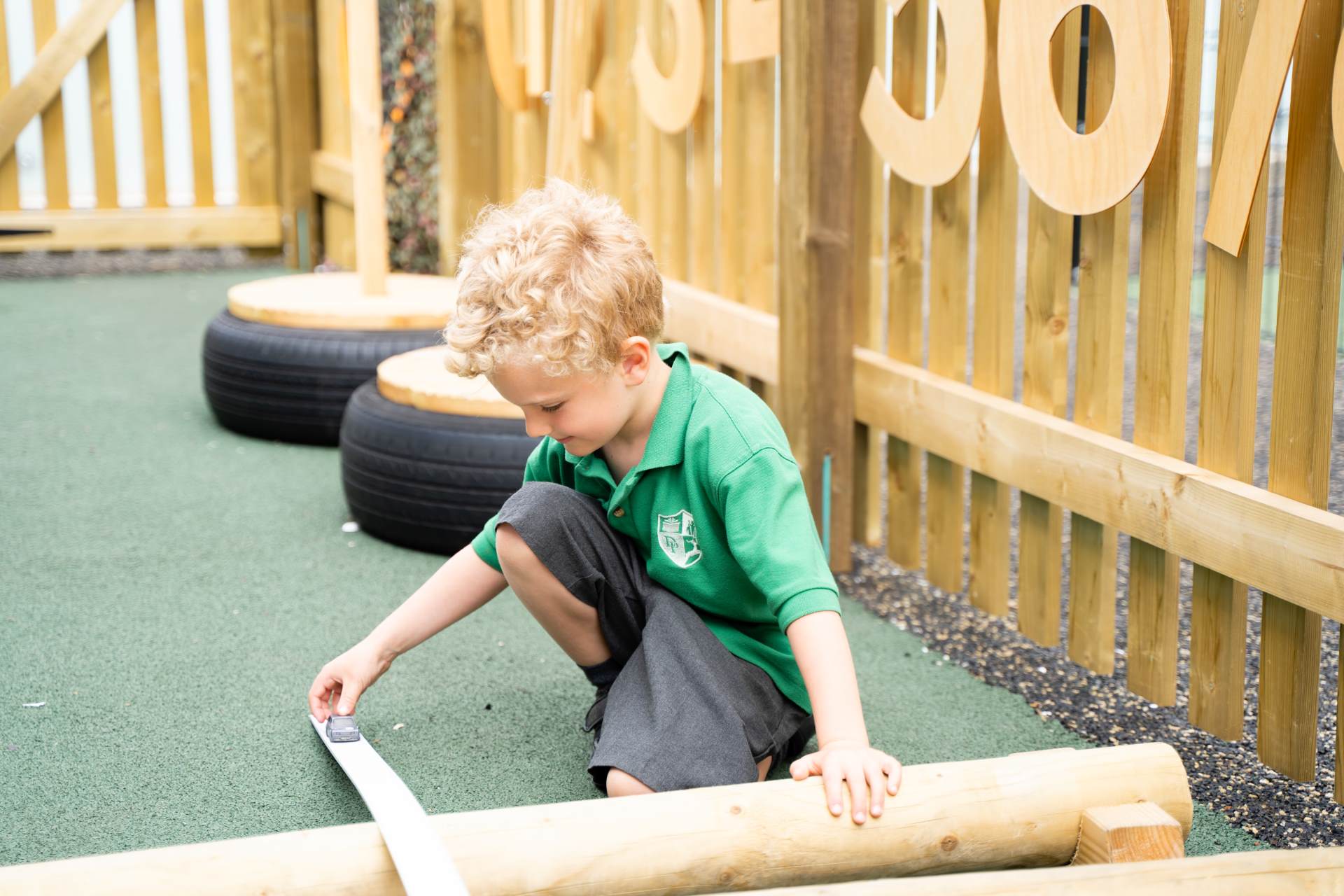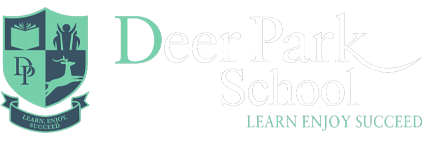Design & Technology
Intent
Our Design & Technology (DT) curriculum enables our pupils to use creative thinking and design within a defined purpose with tangible outcomes. Through drawing on other curriculum disciplines - such as mathematics, science, engineering, computing and art - pupils will acquire a broad range of DT subject knowledge.
Children learn how to plan, take risks and evaluate their work, becoming resourceful, innovative, enterprising and capable citizens. Through the evaluation of past and present design and technology, they develop a critical understanding of its impact on daily life and the wider world. High quality design and technology education makes an essential contribution to the creativity, culture, wealth and well-being of the nation.
Implementation
Design a& Technology is taught through three 'DT Days' a year. This enables the pupils to complete a full project in one session each term. Across the school, pupils will research, design, make and evaluate their project to a given set of criteria.
As a result of the careful design of the curriculum for both topics and content, we ensure that all pupils understand and access new material when it is taught. The knowledge that is gained is linked through authentic horizontal, vertical, and diagonal links across the whole school curriculum. Knowledge and skills build to ensure there is progression throughout the curriculum, based on three key topic areas: materials and textiles, cooking and nutrition, and mechanisms/mechanical systems.
Pupils will investigate and evaluate how a range of existing products are structured, and whether they are fit for purpose before taking on their own projects. Pupils from EYFS to Year 6 learn through practical examples building on the substantive knowledge they have learnt in previous years.
Impact
We assess the impact of our teaching through assessment in class and through pupil voice. During DT Days pupils, will practise both self and peer assessment to build on their evaluation skills. Summative assessment feeds into future unit planning. Pupil voice at the end of each unit shows that pupils have acquired the requisite knowledge and can answer disciplinary knowledge questions using their substantive knowledge to support their explanations. Throughout the year, through effective monitoring by subject leaders' areas of development are identified and addressed. At the end of the year, the curriculum design decisions are reviewed by the subject leaders and senior leaders to establish if they need to be altered or remain the same.











